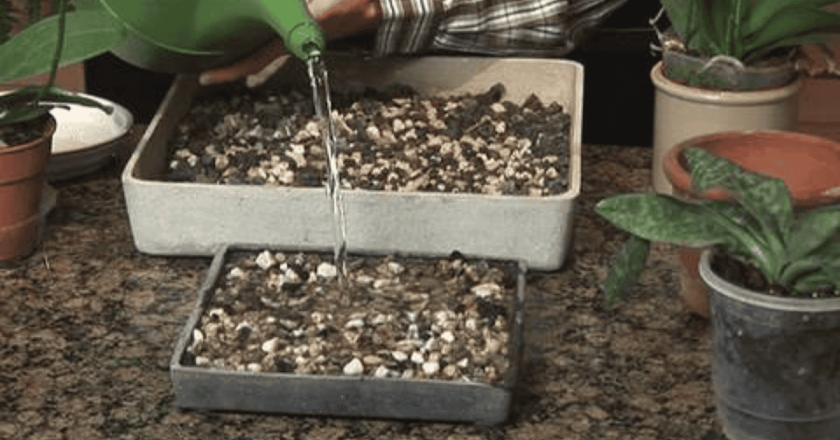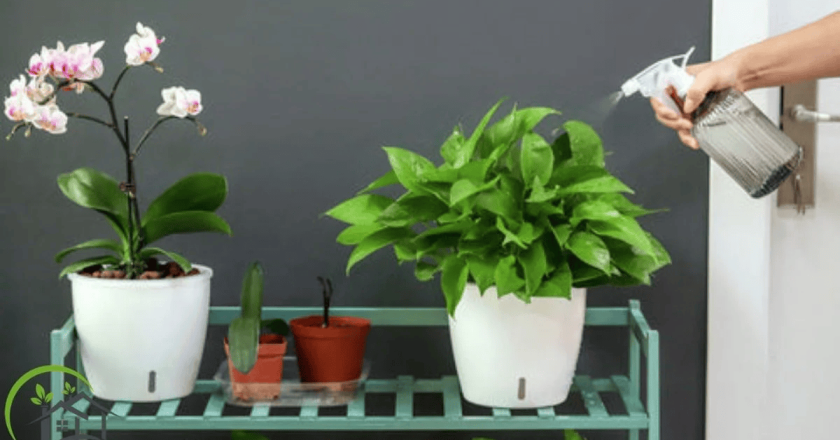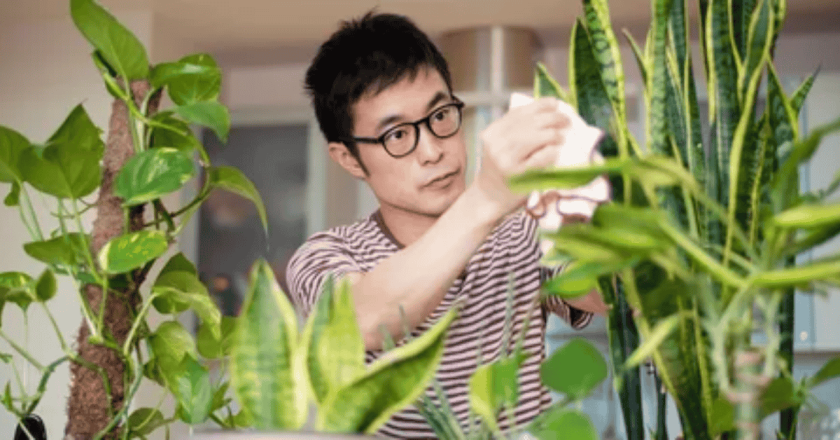Before diving into the dirt, you might find yourself standing at the edge of your garden, seeds in hand, wondering—Is it the right time? Should you plant your flowers now, or wait? Is this too early for tomatoes? What if there’s another frost? These questions are more common than you think. And to be honest, there’s no one-size-fits-all answer. Timing in gardening is a mix of science, climate, and—frankly—gut instinct.
That’s why we created this seasonal planting calendar—to offer a practical, thoughtful guide rooted in what’s happening both in nature and in your zip code. Because gardening isn’t just about planting things—it’s about knowing when to plant them.
The First Step: Know Your Zone
Before you think about soil, seeds, or sun, you need to figure out one key thing: your growing zone. It’s the foundation for nearly every gardening decision you’ll make.
Plants are sensitive. They need specific temperature ranges to thrive. That’s why the last frost date by zip code matters so much—it helps define the earliest safe moment to get your hands in the dirt. You can find these dates through local extensions or simple online tools. However, remember that they are not guarantees. Frost doesn’t follow rules. Still, knowing your area’s average last frost gives you a solid starting line.
What Does It Mean to “Plant”?
Let’s quickly define planting, because it’s more layered than it sounds. Planting isn’t just putting seeds in soil. It’s planning for sun exposure, water availability, timing, and what your garden can realistically support. It’s a commitment, but one that rewards patience with growth.
Spring Planting: The Reawakening
This is when most gardeners get the itch. Early spring is ideal for sowing cool-season vegetables and hardy flowers, such as pansies.
🌼 Looking for indoor floral inspiration too? Explore Patch Plants’ list of beautiful bathroom plants with spa-like vibes to blend color and calm inside while your outdoor garden wakes up.
For herbs, if you’re wondering why cilantro bolts so quickly, you’re not alone.
Patch Plants breaks it down in their guide to cilantro care and flowering (adjust the anchor text if another cilantro-specific page is added later).
🌱 Early Spring (Just After Last Frost)
This is prime time to sow true seed for cool-loving veggies like:
-
Spinach
-
Peas
-
Lettuce
-
Kale
-
Carrots
These are your garden veggies that don’t mind a bit of chill.
It’s also when you can start planting flowers like pansies or violas—those bold little blooms that prefer brisk mornings.
For herbs, cilantro often surprises first-timers: if you’ve ever said “my cilantro is flowering!” too early, that’s because it bolts in heat. Early spring planting helps prevent that.
🌼 Mid to Late Spring: Warmer Soil, Bigger Moves
Now it’s time for warm-season crops like tomatoes, cucumbers, and beans. Flowers like marigolds, petunias, and zinnias come into play. This is also the season where you’ll spot local promotions for flower sales near me—ideal for grabbing annuals at a discount.
If you’re expanding your green space, this is a great time to scout for garden plants near you that are nursery-grown and already halfway to maturity.
Summer Planting: Go Bold or Go Home

Summer is a bit trickier. It’s hot, it’s unpredictable, and the temptation to plant more never quite goes away.
But here’s the truth: when to plant in summer depends on your watering strategy. Without consistent hydration, even the hardiest outdoor plant will suffer.
If you’re planting in early summer, choose heat-tolerant varieties like:
-
Okra
-
Eggplant
-
Sunflowers
-
Corn (yes, this is when you think about the corn plant bloom)
And don’t ignore perennials. Late spring and early summer are ideal times for installing shrubs or trees that require warm soil to establish themselves.
Fall Planting: A Second Spring (Sort of)
Fall might seem like the end, but it’s actually a perfect moment to reset and replant. Cool-season crops like broccoli, spinach, and kale thrive now.
🌱 Planning ahead for spring? Don’t skip fall bulb planting. For year-round color ideas, explore Patch’s guide on how to care for winter-blooming houseplants like the Christmas Cactus.
🥦 Cool-Weather Crops Return
Fall is a second chance to plant garden veggies like broccoli, cabbage, beets, and kale. They’re hearty, frost-tolerant, and thrive in crisp air.
Many herbs—like parsley or yes, my cilantro is flowering again—can be planted in early fall for a final round of fresh greens.
🌷 Planting for Spring Blooms
Don’t forget bulbs. Want tulips or daffodils next spring? Plant them now. Fall gives bulbs time to root before the ground freezes.
This is the perfect time for planting flowers that bloom early next year. They might not look like much going in, but your future self will thank you.
❄️ Winter: Planning, Not Planting
This is the season to pause, reflect, and prepare.
✨ Use this time to refresh your indoor spaces too. If you want greenery in low-light rooms, check out Patch’s favorite plants that thrive in bathrooms.
You can also prepare your soil for spring and order seeds now. If you’re feeling ambitious, start a few things indoors by seed—keep your last frost date by zip code in mind.
The Secret Power of Local Knowledge
One thing most guides skip? The importance of your local community.
Farmers’ markets, co-ops, and even neighbours are walking databases of real-world success. Ask what they’re growing. Ask when they planted. Compare notes.
This is especially handy when shopping for a plant for the garden that you haven’t tried before. If it thrives in their yard, the odds are good that it will work in yours too.
Plantings by Category: A Seasonal Snapshot
Let’s break down your planting garden checklist by season and plant type:
🌸 Flowers
| Season | Plants |
|---|---|
| Spring | Pansies, tulips, daffodils (bulbs) |
| Summer | Marigolds, zinnias, cosmos |
| Fall | Mums, snapdragons, spring bulbs |
| Winter | None (prep & plan only) |
🥕 Vegetables
| Season | Crops |
|---|---|
| Spring | Lettuce, carrots, kale, peas |
| Summer | Tomatoes, squash, peppers, corn |
| Fall | Broccoli, turnips, spinach |
| Winter | Planning only |
🌿 Herbs
| Season | Examples |
|---|---|
| Spring | Parsley, cilantro |
| Summer | Basil, dill, thyme |
| Fall | Sage, chives, cool herbs again |
What Flowers Are in Season Right Now?
It’s a common question, especially for those who are spontaneous planners or last-minute hosts.
-
Spring: Tulips, daffodils, hyacinths
-
Summer: Lilies, dahlias, cosmos
-
Fall: Asters, mums, ornamental kale
-
Winter: Mostly evergreen, but hellebores can surprise you
So if you’re standing in a nursery asking “what flowers are in season right now?”—you’re really asking, “what will bloom if I plant today?”
How to Spot a Good Planting Opportunity
Sometimes, the best way to plant is to observe, rather than act. Look for these cues:
-
The soil is workable: neither frozen nor soggy.
-
Daylight is increasing: Critical for seedlings.
-
Temps are consistently above 50°F: That’s go-time for most spring plants.
-
Local stores are restocking: A good sign that it’s planting season.
-
You see sprouting weeds: A weird one, but weeds are often the first green signal.
FAQs About Planting Timelines
Q1: Can I plant flowers all year round?
Only in warmer climates. Otherwise, stick to spring and fall.
Q2: How do I know when it’s safe to plant tomatoes?
Check the last frost date by zip code and wait 1–2 weeks past that.
Q3: Is fall good for planting trees?
Yes! Warm soil + cool air = incredible root growth.
Q4: My cilantro is flowering—did I do something wrong?
Nope. It simply means the weather has warmed up. Next time, plant earlier or choose slow-bolt varieties.
Q5: Where can I find seasonal plants near me?
Search “garden plants near me” or “flower sales near me” and compare reviews for the best nurseries.
Final Thoughts: Let Nature Lead
There’s a rhythm to planting. It’s not about rushing to fill every inch of space as soon as spring hits. It’s about understanding your space, your climate, and—perhaps most importantly—yourself as a gardener.
One season, you might be all-in, with spreadsheets and soil tests. Next, you may toss a few wildflower seeds and hope for the best.
Both approaches are valid.
Because in the end, gardening isn’t just about what you grow. It’s about when you choose to begin.




